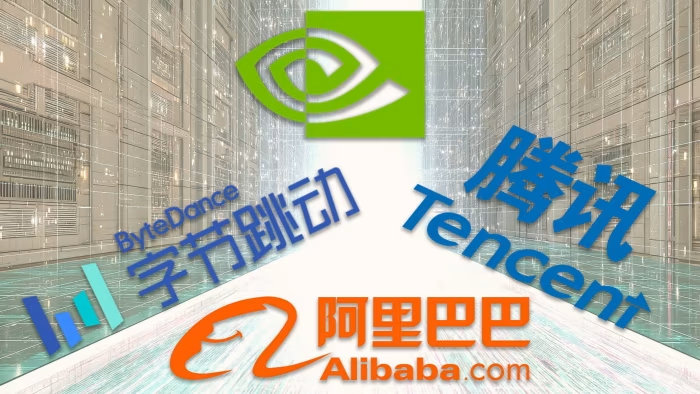Stay informed with free updates
Simply sign up to the Technology sector myFT Digest — delivered directly to your inbox.
China has increased subsidies that cut energy bills by up to half for some of the country’s largest data centres, as Beijing steps up efforts to boost its domestic chips industry and compete with the US.
Local governments have beefed up incentives to help Chinese tech giants such as ByteDance, Alibaba and Tencent, which have been hit with higher electricity costs following Beijing’s ban on purchasing Nvidia’s artificial intelligence chips, according to people familiar with the matter.
They added that the new subsidies come after several tech groups complained to regulators about the increased costs of using domestic semiconductors from companies such as Huawei and Cambricon, most of which are less energy-efficient than Nvidia’s.
Local governments in data centre-heavy provinces such as Gansu, Guizhou and Inner Mongolia have responded by offering subsidies that slash big data centres’ electricity bills by as much as 50 per cent, provided that they are powered by domestic chips.
Data centres using chips from foreign vendors such as Nvidia are not qualified for such entitlements, the people said.
The move is a further sign of how China is incentivising its tech companies to break their reliance on Nvidia and boost the country’s homegrown semiconductor industry so it can compete in an AI race against the US.
Electricity required to generate the same amount of tokens — units of compute power — from the current generation of Chinese chips is about 30 to 50 per cent higher than Nvidia’s H20, according to experts.
Huawei, China’s leading chipmaker, has sought to overcome the weaker single-chip computing performance of its flagship Ascend 910C chip by combining them into larger clusters, which has added to the operating electricity costs.
While tech companies typically lease compute power from third-party data centre operators, they still need to build a significant amount themselves to meet surging demand from AI-driven businesses.
Despite the higher energy costs related to using domestic chips, China’s more centralised grid network still provides cheaper and greener electricity than the US with no near-term shortage.
China’s energy-rich remote provinces such as Gansu, Guizhou and Inner Mongolia have become hotspots for data centre clusters.
To attract the biggest projects, these local governments have already been competing to offer some energy subsidies as well as cash incentives.
Some of these are enough to cover a data centre’s operating cost for about a year, said a person with knowledge of the matter.
Unit costs of industrial electricity in these provinces are about 30 per cent cheaper than those from the more developed coastal areas of eastern China. With the new subsidies, they will be cut further to about 0.4 yuan, or 5.6 cents, per kWh.
This compares with the average industrial electricity cost of about 9.1 cents per kWh in the US, according to August data published by the US Energy Information Administration.
Electricity prices vary significantly in different US states due to fragmented grid networks, while US tech groups such as Meta and Elon Musk’s xAI are also building their own generators near their data centre clusters in order to lower energy costs.
ByteDance, Alibaba and Tencent did not respond to requests for comment.
The local governments of Guizhou, Gansu, Inner Mongolia and China’s National Development and Reform Commission did not respond to requests for comment.
Additional contributions from Cheng Leng in Beijing
